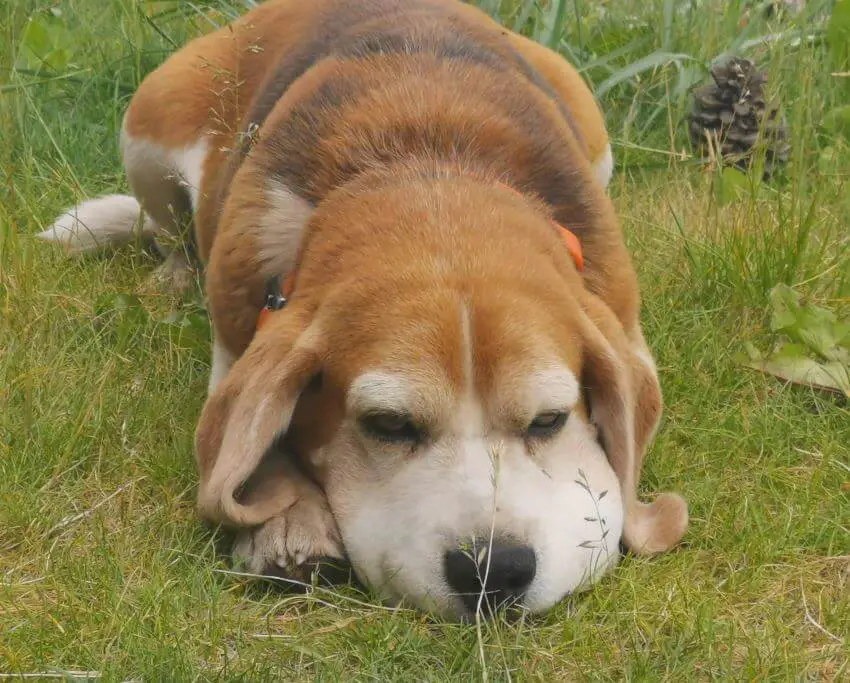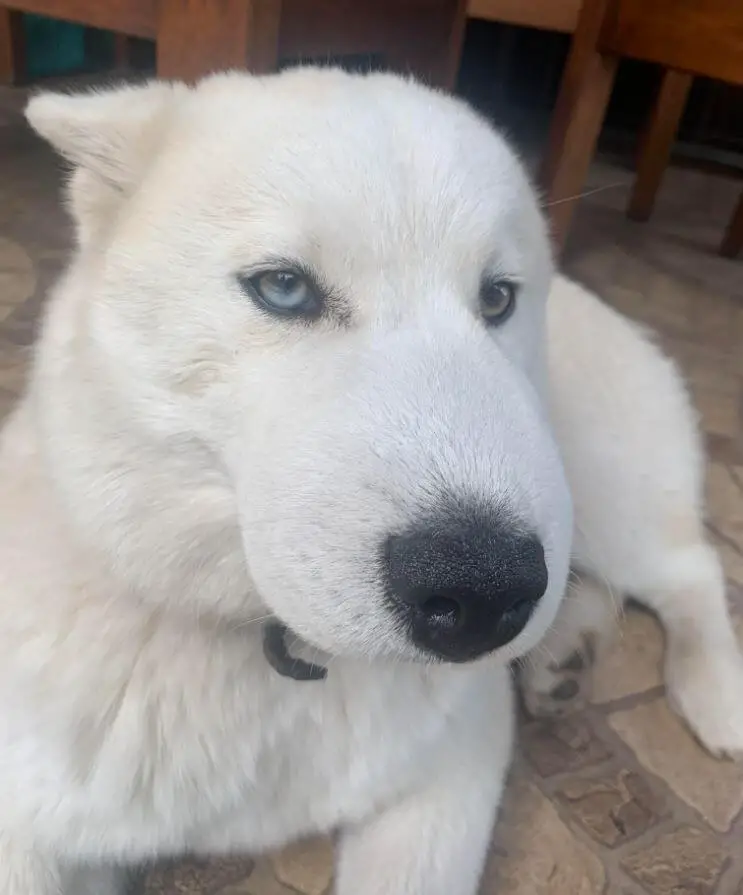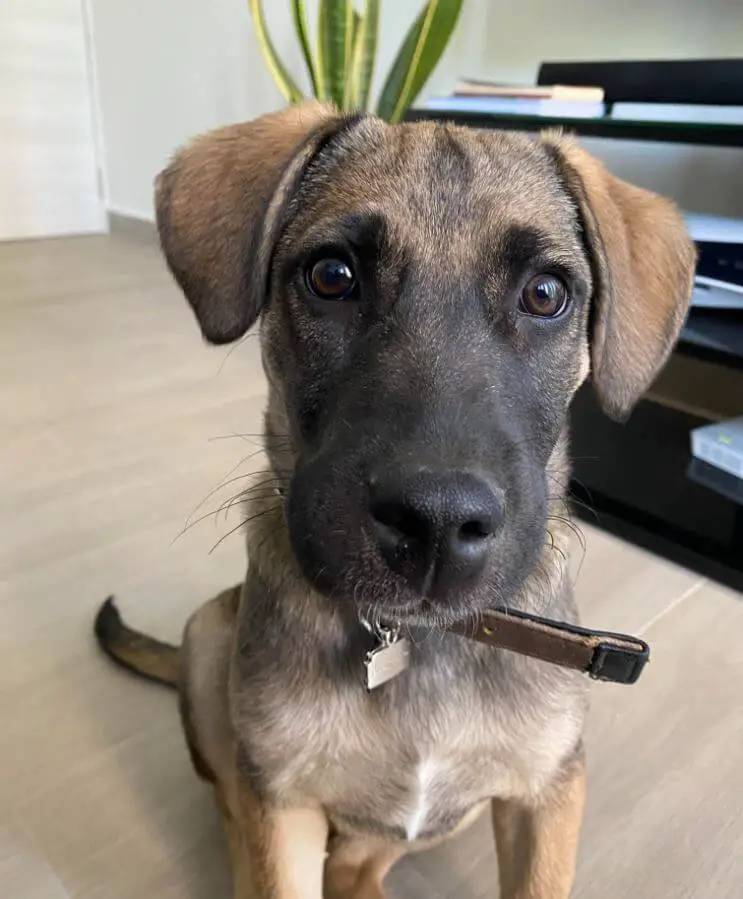If you’ve ever witnessed your beloved canine companion chasing or attempting to eat bees, you may wonder why they engage in this potentially hazardous behavior. Dogs, with their curious and playful nature, may find bees intriguing, but their interaction with these stinging insects can lead to serious consequences. In this article, we will explore the reasons behind why dogs try to eat bees and provide essential guidance on what to do if your dog encounters these buzzing insects.

Why Do Dogs Try to Eat Bees?
- Curiosity: Dogs are naturally curious creatures, and the sight of a buzzing bee may pique their interest. Their playful instincts may lead them to investigate or even try to catch the bee, not realizing the danger it poses.
- Chasing Instinct: Many dogs have a strong chasing instinct, and anything that moves quickly may trigger this behavior. Bees, being small and fast, can trigger the prey drive in some dogs, causing them to give chase.
- Sensory Attraction: The movement, buzzing sound, and scent of bees may be appealing to dogs’ senses, encouraging them to try and catch the buzzing insects.
- Learned Behavior: In some cases, dogs may have learned that bees are potential sources of entertainment or even accidental rewards. For example, if a dog manages to catch a bee without getting stung, they may associate this activity with a positive experience and continue doing it.

What to Do if Dogs Eat Bees:
- Observe Carefully: If you notice your dog attempting to eat a bee, observe them closely for any signs of a bee sting. Symptoms may include pawing at the mouth, drooling, swelling around the face or mouth, or even a bee stinger embedded in the skin.
- Do Not Panic: Stay calm and avoid panicking if you suspect your dog has been stung by a bee. Dogs can sense their owner’s emotions, and panicking may escalate their anxiety.
- Remove the Stinger: If you see a bee stinger embedded in your dog’s skin, carefully remove it using a pair of tweezers or scrape it off with a credit card edge. Be gentle to avoid squeezing more venom into the wound.
- Check for Allergic Reactions: Monitor your dog closely for any signs of an allergic reaction, such as difficulty breathing, hives, excessive swelling, or collapse. If you suspect an allergic reaction, seek immediate veterinary attention.
- Provide Comfort: Offer your dog comfort and reassurance after the incident. Keep them calm and relaxed to prevent additional stress.
- Administer Pain Relief: If your dog exhibits mild discomfort, you may administer a veterinarian-approved pain reliever as directed.
- Consult Your Veterinarian: If your dog experiences multiple bee stings, shows signs of an allergic reaction, or appears unwell, contact your veterinarian immediately. They can assess your dog’s condition and provide appropriate medical care.
Preventing Bee Encounters:
- Training and Recall: Invest time in training your dog with strong recall commands to prevent them from chasing after bees or any other potentially harmful objects.
- Supervision: When outdoors, always supervise your dog to prevent them from engaging in risky behaviors such as eating bees.
- Avoid Attractive Areas: If you know there are many bees in a particular area, avoid taking your dog there to minimize the chances of bee encounters.

While dogs may find bees intriguing and may try to catch them out of curiosity or instinct, it’s essential to be aware of the potential risks. If your dog encounters a bee, carefully observe for signs of stings and act promptly if needed. Providing proper training, supervision, and prevention strategies can help keep your canine friend safe and minimize the chances of bee-related incidents. Remember, if you suspect an allergic reaction or your dog experiences multiple stings, seek immediate veterinary attention to ensure their well-being.
